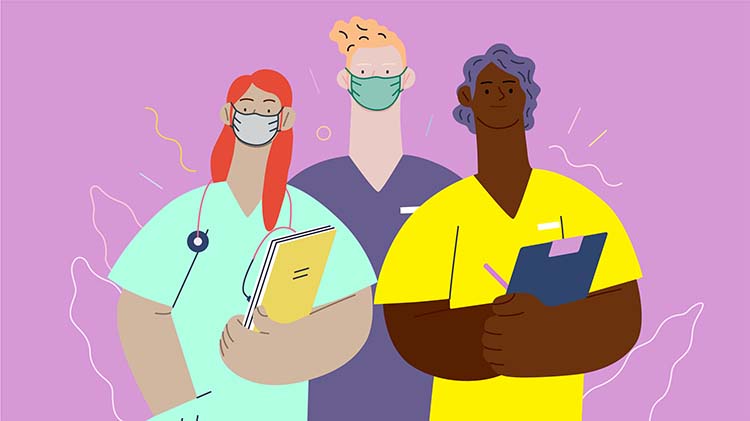Clinical photography gone wrong
20 Nov 2019

In the digital age, the ability to share clinical images has become an efficient way to assist with patient care. All too easily, however, these photographs can be sent to the wrong place – with potentially serious consequences.
The case
A junior doctor working after hours in the paediatric emergency department saw a one-year-old child with penile swelling. She was concerned about a possible paraphimosis and contacted the on-call surgical registrar who was working at a different site.
The patient had already been waiting for several hours, and the registrar was held up in theatre, so the registrar asked the junior doctor to send her photographs of the swelling. She agreed and noted down the registrar’s mobile number in the medical records.
The doctor spoke to the child’s mother and obtained her consent to take the photos and share them with the registrar.
Minutes after sending the photos to the registrar, the doctor received a call from an angry male who had received the photos in error. She apologised profusely to the man and requested he delete the photos. Although the man seemed satisfied with the explanation, he told the doctor he had already reported the matter to the police.
Looking back at her notes, the doctor realised she had entered an incorrect digit when sending the photos. She explained what had happened to the parents and apologised. She did not document the incident in the medical records and deleted the photos and text messages from her own phone.
A few weeks later the doctor was contacted by a police officer from the child abuse unit seeking an explanation for the photographs. She was also asked to attend a meeting with her head of department.
The doctor called our Medico-legal Advisory team for assistance. Fortunately, the police and the hospital were satisfied with her explanation and no further action was taken.
Be photo-safe
- Clinical photographs are an efficient way of sharing information to assist with patient care, but you should be aware of the risk of potentially serious consequences for patients if images are inadvertently shared.
- You must take reasonable steps to keep photographs secure, including security settings, password and cloud access on your devices.
- Special care should be taken if images could be considered obscene or pornographic out of context.
Tips to reduce your risk
- Informed consent must be obtained before photographs are taken – this includes advising the patient how the photographs will be used, transmitted, stored and disposed of.
- Make sure you are aware of, and follow, any organisational policies on the use of clinical photography.
- If an image is sent to the wrong person, it is a breach of patient privacy. When this happens, inform hospital management immediately. Our Medico-legal Advisory team is available to provide you with advice and support, 24/7 in emergencies.

More resources
Australian Medical Association: Use and disclosure of clinical images
Australian Medical Association: Clinical images and the use of personal mobile devices
Marika Davies
Medico-legal Advisor
MDA National
Professional boundaries in healthcare - Part 1
Boundaries with patients present in numerous ways every day and all health practitioners
11 Aug 2025
Understanding Professional Medical Indemnity Insurance
Do you understand the ins and outs of professional medical indemnity insurance?
11 Aug 2025
Professional boundaries in healthcare - Part 2
Boundaries with patients present in numerous ways every day and all health practitioners
11 Aug 2025
Understanding changes to the Fair Work Act
What are the changes to the Fair Work Act and what is my role?
22 Jul 2025







